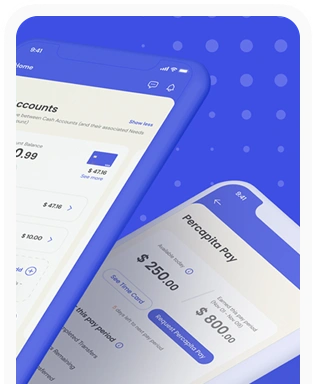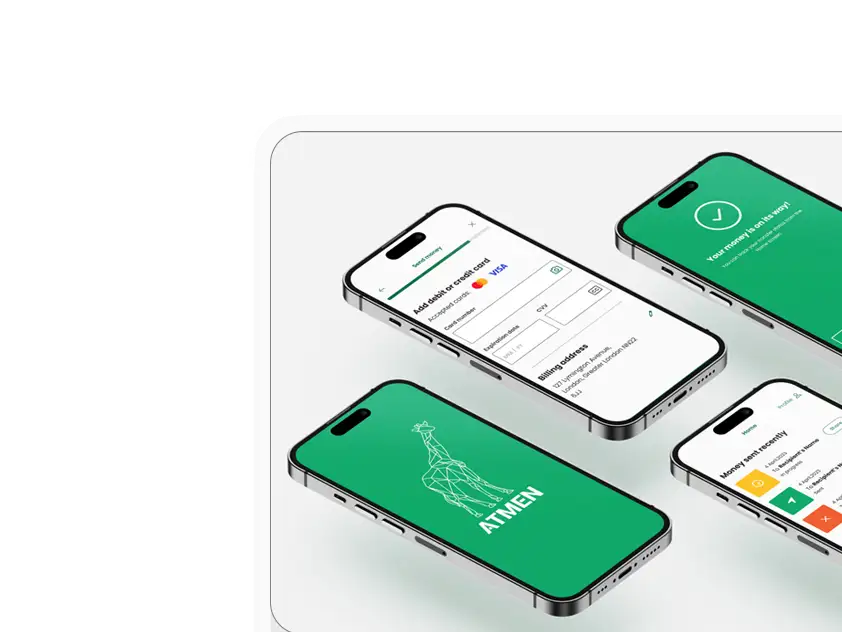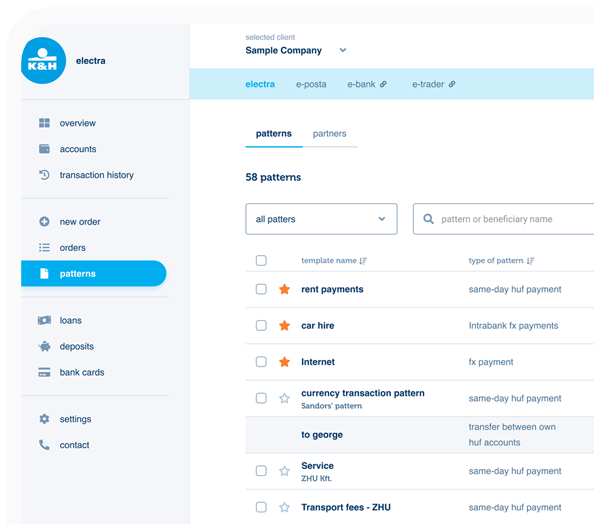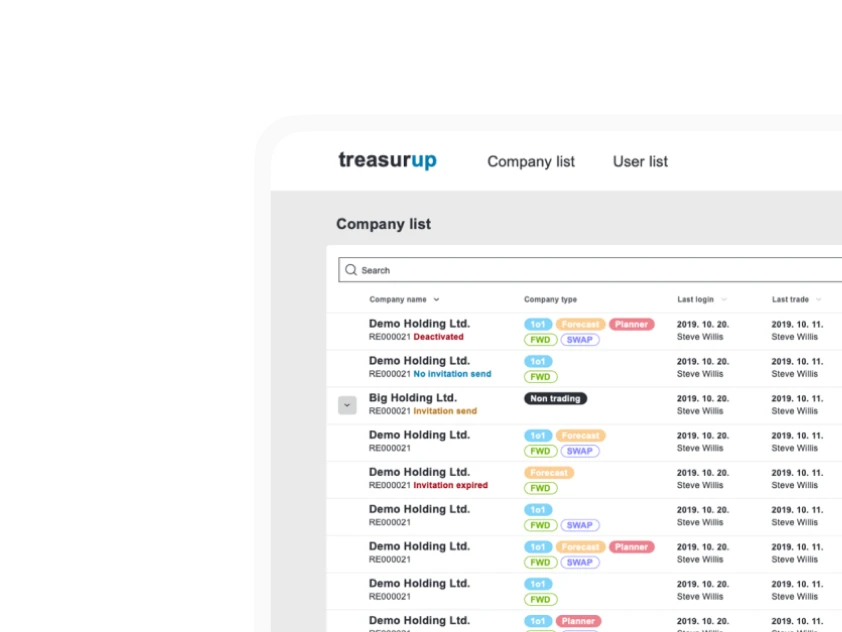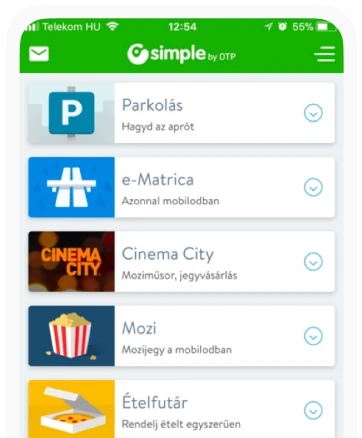Working with a UX agency: Which UX design team to choose? - Part 3
Why work with a UX agency?
For some companies in the UX journey working with an agency is the first step. Others come later, some never try. As we described in our earlier articles about freelance work and in-house team usage, there is no one-size-fits-all solution in UX. Agencies might be good for you if you have an inconsistent UX workload or you are working on a solution that really needs the best people. In this article, we check the pros and the cons of deploying a UX agency to design stellar products for you.
The benefits of working with a UX agency
Reliable
Agencies do not disappear. If you need somebody to pick up the work one year later, you can still find them since they haven’t left to go hiking. It is easier to ask for fixes from them on earlier projects since they hope that this will lead to new projects.
They have a framework
Frameworks, templates, and internal design systems speed up the design process while maintaining internal quality standards and consistency. These artefacts help your agency to be faster and sometimes cheaper than freelancers since they already have them. When you set up an internal team you have to take into consideration that creating a proper framework, working procedure, design system, etc., can take several months. By that time your agency would be long finished with your MVP.

Used to strict deadlines
Agencies can better handle strict deadlines. If you need to progress faster, they set up a bigger team. If somebody gets sick, they figure out who will replace them. It is very expensive for agencies to acquire new clients so they will do everything to please you and transform you into a long-time partner. They know that your deadlines are critical for your success so they will do everything to respect them. In many cases, clients and product teams have aspirational deadlines. Deadlines are set by desires, not by information. Established agencies know to confront you when your deadline is crazy and help you to find a tight but realistic one.
They have a big solution network
Your product will be launched in Dutch-speaking countries? Do you need a conversational designer? Not a problem. They will find special experts and resources for your project through their vast network system; this is something a freelancer or your internal team will never have.
They scale easily
Very often it is hard to say what the exact size of your project will be. You think if you set a genre, it is enough. If you say I want to live in my own place it is enough to know what amount of work is needed to create that place. But you said “place” not “chair”. But who are you? What are your goals? If you are a count, you might need a palace; if you are a hunter, you might only need a cabin.
The same stands for digital projects as well. You need a digital wallet, but it might take 50 to 1,000 days to design it. Very different. In most cases, projects start fluffy and undefined. If you need to set up an in-house team for that, it might be too small or too big. Nowadays better freelancers are booked several months ahead so you can’t drag in new people whenever you need them when your scope gets clearer. On the other hand, agencies can handle this challenge. They can start small when your project is in the discovery phase, but they can scale up quickly whenever needed. Meanwhile, you’re not paying for an army of designers sitting restless, neither does your project collapse nor stop whenever you need more resources.
They can manage tough situations
There are some hot moments in every project that need specific soft skills to manage. Your freelancer might be a brilliant designer but not necessarily a good diplomat. It might be true for your internal team as well. On the other hand, people in the agency are used to handling tough situations. When you have clients, difficult setups are more common so obviously, they have better methods to handle them. And if you have an extremely tough case, you can even get the Lead UX or the CEO of the agency to try to fix your problem personally if they don’t want to lose your business. But why would they?
They can play with the prices
Most UX players have a fixed price table that they adjust based on the assumed wallet size or character of the client. If freelancers know that you are rich you might get a higher number. If your internal teams sniff out that you have a huge budget for the project they might get lazy and comfortable. That is true for agencies as well. But if you are tight with money freelancers can’t handle it. Neither will your internal team work faster. On the other hand, if the agency thinks that you might be a good long-term client they might work for you even without a profit handling your first project as an investment for the upcoming ones in the next decades. Be aware though that they can sneak in with low prices and then step by step increase the pricing or will flood you with change requests. You could end up paying three times more than if you had hired that hip but expensive agency from Antwerp.
They love big projects
Freelancers obviously can’t handle big projects but usually, your internal team gets frustrated by big projects too. They don’t know how to handle them and they get into a kind of endless mess with unlimited extensions. On the other hand, agencies are ready to pick up big projects with relatively tight deadlines since they can make a more decent profit on one big project than on five small ones. So they are ready to make some sacrifices to get the whale rather than feed their army with sardines.
Onsite work is ok
During COVID-19, onsite was less an issue but probably an onsite presence will be still needed for bigger clients. Freelancers hate onsite work in most cases. They want to be free in their own environment; they feel like they are going to prison if you want them to be in your offices regularly. On the other hand, agency people are employees just like yours. Probably they will miss their cool, hipster environment but obviously your office is cool too so they will mind less visiting your premises for some months. But don’t forget to give them a reason to come and provide a good proper working environment. If you just drag in people for onsite work and have them sitting at a desk without an extra monitor and no Wi-Fi, that won’t increase your popularity!
The senior-junior mix can save you money
When you learn that your team won’t be just one superhero you might be disappointed. Don’t be. This is why your project can be priced moderately. Let’s do a quick calculation. A senior designer costs €800/day, a junior designer €400/day. Your project is 50 days long. So just by having the senior designer alone, you would pay €40K. Using the junior UXer for €20K is not an option since it would not provide you with the quality you deserve. But the good news is that on an average project a minimum of 50% of the tasks can be handled by a talented junior. Your cost in this case with a 50% senior and a 50% junior could be brought down close to €30K. Let’s assume that the team spends 2-2 days on coordination and alignment, so you end up paying €32.4k for the full project. You saved €7.6K due to proper resource allocation. Congratulations.
They have specialised guys for everything
Agencies have usually more UXers than standard in-house teams. The more people you have the higher the chance that you have people with mixed backgrounds and they can specialise as well. Ergomania does not have hundreds of designers, but we have voice designers, IA architects, researchers, Lego Serious Play experts, etc.; a variety you have never seen even in bigger in-house teams. HR people tend to hit on standard UXers and even bigger companies have no in-house training and support for specialisation. So if you occasionally have more innovative projects, an agency might be a better choice.

Travelling is less an issue
Travelling to new locations to have workshops and conduct user research sounds impressive. Everybody loves travelling and this desire doesn’t seem to have been killed by COVID-19. But if you need to travel for a longer time to a less common location or travel often, that needs to be compensated. Employers often forget this because they think travelling is already a reward. Travelling once a year to a fancy location (user testing at Miami Beach or an Amsterdam coffee shop maybe) is compelling but something more is considered tiring.
Freelancers are more flexible. They love challenges. Doing onsite research in Africa for 2 months might be an option. On the other hand, they need to be very precisely compensated. Instead of hassling with a flight change in Frankfurt or Dubai, they could work on a different project. So pay for travel time, something that all clients try to avoid. These statements are all true for agency people as well. They have families. They hate having a bad sleep on an aeroplane or sweating in nice clothes while dragging their luggage through Schiphol airport. The difference lies in that if the agency sees something strategically important in your project, it is more open to compensating its employees for all their hassle without putting too much weight on you.
Agency people are proud and strong
Agency people are considered to be a bit like mercenaries. They have seen many battlefields and they are still alive. They are quick, adaptive, and durable. You can drop them on any field, they won’t see immediately the hassle but rather the challenge. The good news is that it is true for freelancers if you have some around!
Time efficient
Agencies are time efficient. If you have a fixed budget, they can only make a profit if they monitor their time effectively. Extending and prolonging projects might negatively impact quality but it can also make the project more expensive. This is something that all better agencies try to avoid. Freelancers, too, but they are weaker at time tracking and the sense of profit is a bit more abstract for them since they don’t have too many costs. So if you want quick results even if you don’t have strict deadlines, an agency is a better choice.
International projects are not a problem
Agencies can handle projects spanning different countries. They usually have people who are fluent in other languages, and they have partner agencies to handle local research, which is essential to have a proper understanding of user needs. They can easily send teammates to other countries to conduct research and run workshops.
Strong best practice pool and design framework
As agencies have had far more projects than freelancers or an in-house team, their best practice pool is much bigger. They have to spend less time finding good, fresh ideas to start. They often have a design framework as well, which helps them to create the UI for your product, unless you have some very specific need.
Dedicated PM (Project manager)
Agencies often have dedicated PMs who keep the projects on track. This can be difficult if they do not understand UX well enough. Freelancers often miss sophisticated PM skills and in-house teams often lack this expertise as well.
They can fix your team
You already have a team. Great! But do you have the time, resources, and expertise for everything? Probably not. If you have an agency with at least 10 designers, it can always fix these missing elements and complete your team until your project ends.
No need to buy expensive tools
Agencies have specialised equipment: Lego Serious Play set, different devices for testing, conference rooms with a whiteboard surface, eye tracking equipment, etc. If you work with freelancers or you have an internal team, you need to invest in these tools even if you use them only once. Or you have to miss the extras that they provide during your ideation or research phase.
The shortcomings of working with a UX agency
Unbalanced quality
Agencies do not like to change their front guy since they know that you will hate it. They don’t like to play with the lion’s mane. But you don’t see some of the team members every day. The creative guy who figured out that magnificent solution to your payment flow might be needed on a new project to shine and help another client to fall in love with the agency. But meanwhile, your project pays the price since it’s possible that the silent replacement won’t be as good.
How to handle it?
- Monitor quality continuously. If you feel that the quality has dropped for an unknown reason, call the project head and ask them kindly but strictly to fix this issue.
- Build and maintain good relations with the whole product team; in this case, it will be harder to replace your favourite person.
You are too small for them
Agencies have extra administration and handover costs on each project to keep the communication and information flow smooth among all members. For this reason, it is not profitable for them to pick up very small projects where the profit would be burned by these activities.
How to handle it?
- If your budget is smaller than €10K you are probably too small for most agencies (except the 2–4-member boutique agencies). Give them a concrete brief to estimate for your project. If the first estimate is too high for you try to find a smaller team or a freelancer. Don’t waste each other’s time.
- If you communicate openly and you have mutual sympathy with the agency’s business development team, they can help you to find a cheaper solution. If your project is very small, work with a reliable freelancer.
- If you have a specific agency that you really like and they are open to smaller projects, you can still work with them. But try to create a setup where you can minimise this overload (PM activity, paperwork, including too many people, etc.).
Information gets lost
Too many players, too many misunderstandings. You talked with the PM about your requests. They understood half of your message and delivered half of it.
How to handle it?
- Insist on knowing all the key players in your projects.
- Prefer agencies where you can talk directly with the professional lead.
- Prefer agencies that record your requests in written form and make sure that they really understand your request.
- Insist on having a small team as possible but don’t insist on one-member teams even for small projects
Too expensive
Perhaps agencies are too expensive for you or you can just get your problem fixed cheaper. When you add up all your real costs, you see that most of the time freelance resources or internal teams are not cheaper but there are some cases when agencies are more expensive. Agencies live from profit. If they see any complication in your project, they will price it in because if they don’t do so after 2–3 mistakes they might go bankrupt. They are better at negotiating for bigger money as well. When you deal with freelancers and internal experts you bargain with engineers. When you deal with agencies, a shrewd sales expert is on the other side who very probably knows more about bargaining than you, even if you are the head of procurement.
How to handle it?
- Ask for a detailed price breakdown. If you don’t understand one element don’t drop it but try to understand its value.
- Carefully compare prices from at least three sources but don’t necessarily go for the cheapest!
- Take into account all of your additional costs when working with an internal team. Maybe too expensive is not that expensive if you take everything into account.
The surprise team
You don’t know who will be your solution provider in every case. You loved that smart, witty head of design guy but unfortunately, you get a clueless junior on the project who will be replaced with an even more clueless intern two months later.
How to handle it?
- Get to know your project team before you sign the contract.
- Respond quickly during the deal process to be able to lock in quality people from the agency side. Agencies won’t put their best people on hold for you because you are slow in response.
- Set up your team together with the agency and evaluate options.
- Specify the level of expertise that you need for your project.
- Pay for quality.
They are too pushy with their framework
The more unique your project the more expensive it gets. Agencies can work effectively with small and mid-size projects if they can run them in a standardised way. They will do everything to force you to follow their way of working.
How to handle it?
- Understand the agency framework in time and decide whether it is ok for you.
- Don’t expect top agencies to work for you cheaply in a completely customisable manner.
Closing words
As you can see, it is not an obvious decision to select what you need for your next UX project. It is important to evaluate your setups carefully to make a wise choice. We hope that our honest analysis will help you to choose the right path. We have seen many companies experimenting with these options. It might be that in different stages of your product or your company you need different solutions. You might start with a freelancer, then you see that the workload is growing, and you pick an agency. When you see that you need UX all the time, you could set up an in-house team. Then you might circle back to work with agencies when you see that the in-house team cannot fulfil all of your dreams or simply you cannot extend it easily. Many of our clients are using our hire a colleague service. When you strive for quality but don’t have unlimited money it is worth considering working with an agency nearshore. You can get everything you want (even native speakers and local culture knowledge) for a more reasonable budget than working with a top Amsterdam or Zurich agency.

